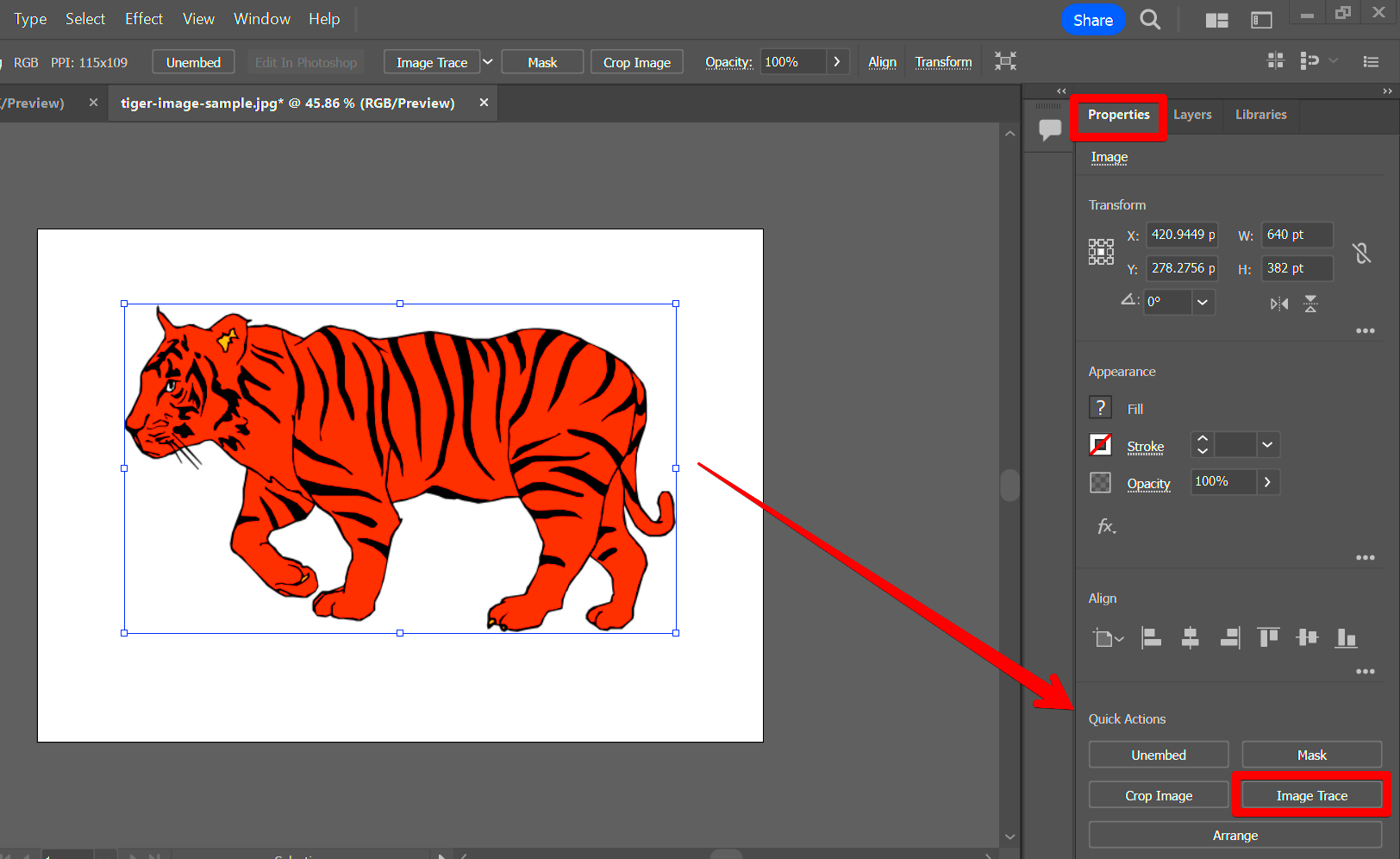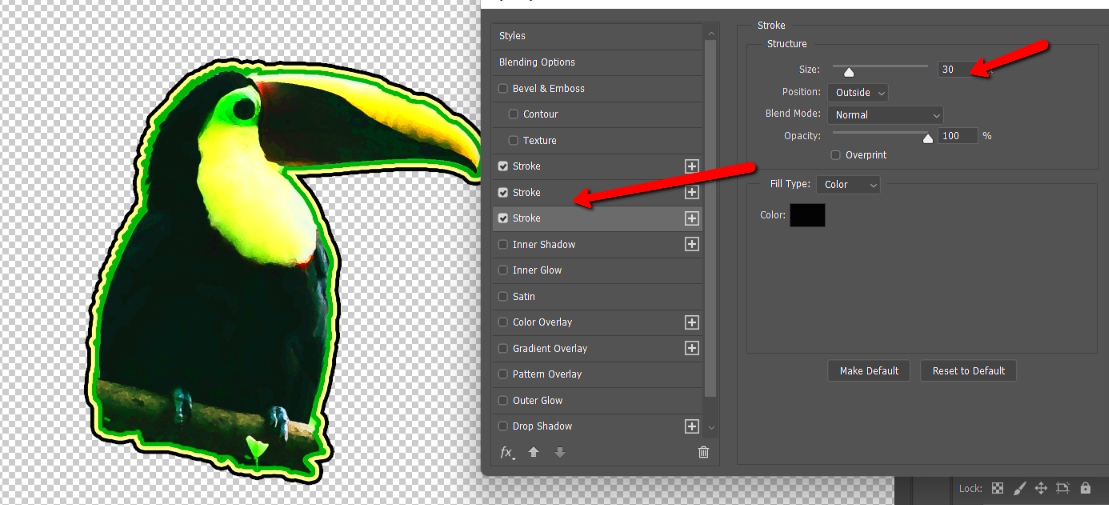Composing a visually stunning picture encompasses more than just selecting hues and figures. You need to have an insightful perspective if you want to communicate your concepts clearly. By sketching your image, you are able to effectively strategize which carries out the design work effortlessly. A structured outline can save you both money and time besides saving yourself from later confusions. Outlining is important for the following reasons:
- Clarity: An outline clarifies your ideas and helps you focus on what you want to communicate.
- Organization: It allows you to arrange your elements logically, which enhances the overall impact of your image.
- Efficiency: With a clear plan, you can work faster and make fewer mistakes.
- Flexibility: If your ideas change, an outline makes it easier to adjust without starting from scratch.
Identifying the Purpose of Your Image

Before you start designing anything, take time to know what your image is supposed to be all about. Is it informative or meant to influence decision or just for fun? When you understand the specific aim of your image, this will help in ensuring that designing meets those goals that were intended. Here are some basic objectives for images:
- Informative: These images aim to educate the viewer about a particular topic.
- Promotional: Images that are designed to market a product or service.
- Artistic: These images focus on aesthetics and self-expression.
- Social Media: Images intended to engage an audience and encourage sharing.
Consider pondering over questions such as “What is the message I am aspiring to convey?” or “Who exactly am I targeting?” These will all inform how you go about your design decisions.
Also Read This: A Step-by-Step Guide on Uploading Photos to Flickr from iPhone
Choosing the Right Tools for Your Outline
Once the function of your picture has been established, the choice of appropriate utensils for writing down what you think should follow. Depending on what you like and how good you are at this, different methods may be employed. Some well known ones include:
| Tool | Best For |
|---|---|
| Pencil and Paper | Quick sketches and brainstorming |
| Digital Drawing Software | Detailed outlines and easy revisions |
| Mind Mapping Tools | Visualizing relationships between ideas |
| Presentation Software | Organizing elements for clarity |
Select a device in which you feel most comfortable. Test out a couple of them until you discover the one that fits your working style best. The kind of equipment you have can influence how enjoyable and efficient it is to design an outline.
Also Read This: Uncover the Art of Artificial Intelligence Photography
Breaking Down Your Image Concept into Key Elements
With an explicit goal for your picture in place, it is now time to take it apart to its fundamental parts. This is a vital step since it enables one to know what specific things are going to make up the design. Picture taking apart a jigsaw puzzle—each one of its pieces massively contributes to forming the whole image. Here are some effective ways of breaking your idea into pieces:
- Main Subject: Identify the focal point of your image. What do you want to highlight? It could be a person, object, or scenery.
- Background: Consider what will be behind your main subject. A well-thought-out background enhances the subject's visibility.
- Color Palette: Decide on colors that reflect the mood you want to convey. Think about how colors work together.
- Text Elements: If you plan to include text, jot down key phrases or words that will complement your image.
- Style: Consider the overall style you want to achieve, whether it’s modern, vintage, or minimalist.
Breaking down your idea into these parts is important to ensure you do not overlook anything crucial. It creates a foundation for an adequately harmonized picture that passes on what you want most.
Also Read This: How to Move an Image Forward for Better Layering
Sketching Your Ideas for Better Visualization
Once you have deconstructed your image notion, the following move is to draw your concepts. Drawing may seem intimidating, but it’s an effective way to actualize your ideas prior to migrating to digital instruments. You don’t necessarily have to be an artist; the objective is just putting down your ideas on paper. Here are some pointers to begin:
- Don’t Worry About Perfection: Your sketches don’t have to be perfect. Focus on getting your ideas down first.
- Use Simple Shapes: Start with basic shapes to outline your main subject and background elements.
- Experiment: Try different layouts. Sketch multiple versions of your concept to see what works best.
- Add Notes: Jot down any thoughts or ideas next to your sketches. This can help you remember your vision.
Sketching is a great way to explore your designs without the pressure of having to come up with a final product. In addition, it allows more freedom and stimulates imagination which makes it possible for you to change your plans as you go along.
Also Read This: Can iStock Vectors Be Used for Logos?
Organizing Your Outline for Clarity and Flow
Since you’ve gotten your drawings and components sorted out, now it’s time to structure your outline. This step involves clarifying the arrangement of your thoughts and concepts to set a distinct direction for the design of your image. A properly structured outline not only maintains your concentration but also aids in passing on the message of what you want to say. Here’s how to do it:
- Prioritize Elements: Start with your main subject and work down to supporting elements. This creates a logical flow.
- Group Related Ideas: If you have multiple elements that are similar or related, group them together. This helps in visualizing the overall layout.
- Use Bullet Points: Break down complex ideas into bullet points. This makes your outline easy to read and follow.
- Consider the Sequence: Think about the order in which elements should appear. This can influence the viewer’s experience.
Confirm that your plan is reasonable after organizing it. It would be better if you make changes now than later, as this will save you time. A concise outline is your map; it helps you navigate during the design procedure.
Also Read This: How to Cut Out Images on Canva for Creative Layouts
Refining Your Outline Based on Feedback
Once you have made your first draft, it is necessary for you to make it better. This means asking other people about their opinions on how you can make your work look good. Receiving diverse critiques can help in identifying the shortcomings that may fail to cross your mind. The following are the ways to effectively fine-tune an outline:
- Share with Peers: Show your outline to friends, colleagues, or fellow creatives. Their insights can help you see your work from a fresh angle.
- Ask Specific Questions: When seeking feedback, ask focused questions like, “Does this layout make sense?” or “Is the main subject clear?”
- Be Open-Minded: Constructive criticism can be invaluable. Be willing to adjust your outline based on the feedback you receive.
- Test Your Ideas: If possible, create a mock-up of your image using your outline. This visual representation can help you spot inconsistencies.
It really does not matter how your vision for an outline may be, what you need is refinement .Incorporating feedback will result in a product that is better than before.
Also Read This: A Simple Guide to labeling Gel Electrophoresis Images
Frequently Asked Questions
When it comes to creating an image, a number of questions may traverse your mind. With this in mind, I have outlined some of the most common ones to put the whole procedure into perspective:
- What if I don’t receive feedback? If feedback is limited, trust your instincts. Review your outline critically and make adjustments as needed.
- How detailed should my outline be? Your outline should be detailed enough to guide you but flexible enough to allow for changes during the design process.
- Can I change my outline later? Absolutely! Your outline is a living document that can evolve as your ideas develop.
- What if I’m not happy with my initial ideas? It’s perfectly normal! Use sketching and brainstorming to explore new concepts before refining your outline.
By using these questions as a compass, you will be able to act rationally in the face of adversity while striving to create your image.
Conclusion and Final Thoughts
An efficient outline is an important step in the process of designing an image. This helps you clarify your thoughts, organize your ideas and ultimately improve the quality of your work as a whole. To develop a solid base for your design, you need to identify the purpose of your image, break down your concept into smaller parts, draw sketches and improve on them through feedback. It is important to remember that ‘outlining’ is not stringent but rather was a flexible framework within which creativity and innovation can occur.
There are things you should keep in mind when starting on your next design project. Ensure you have fun with it all and let your creativity flow into tangible form! And remember: if at all possible, always use a roadmap as a guide so that the process of creating images can be more fulfilling and enjoyable overall!

 admin
admin








